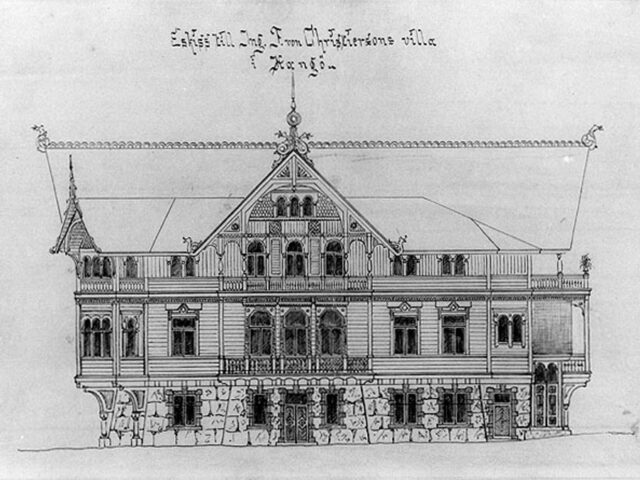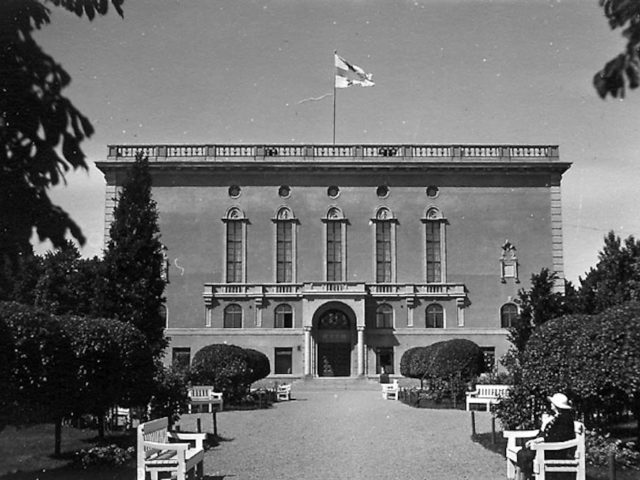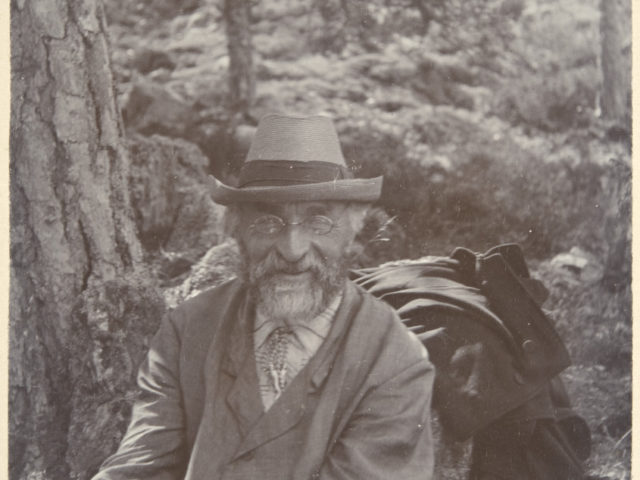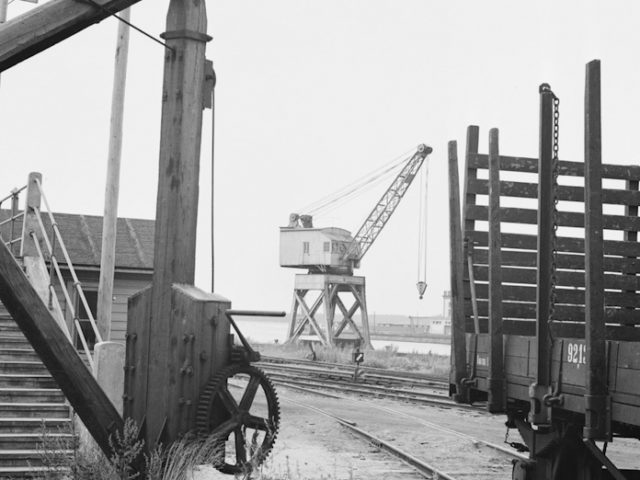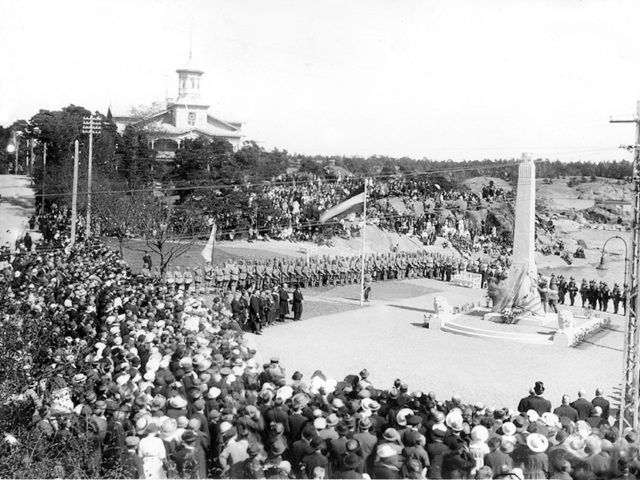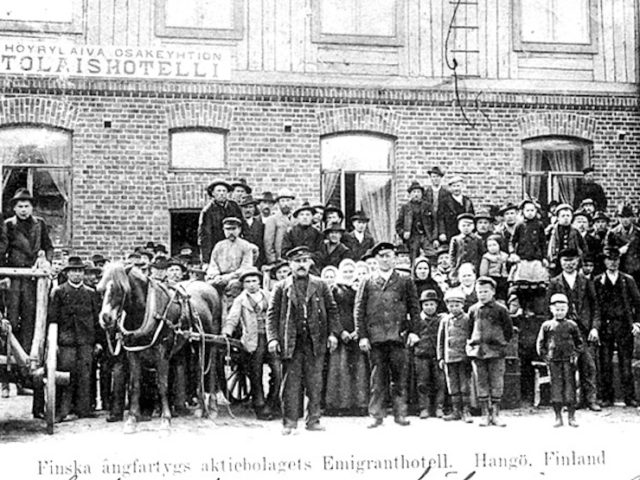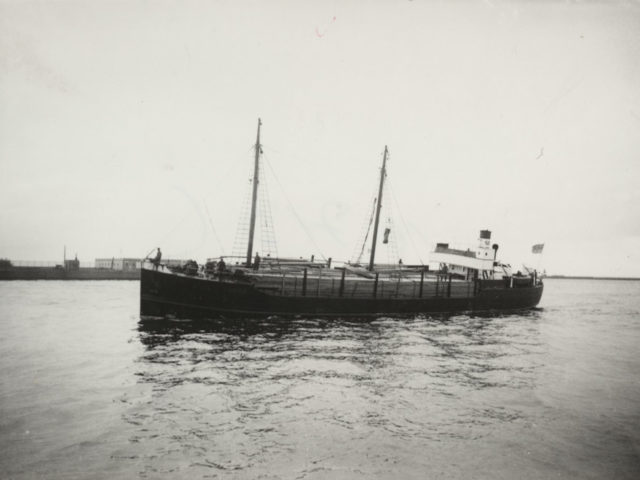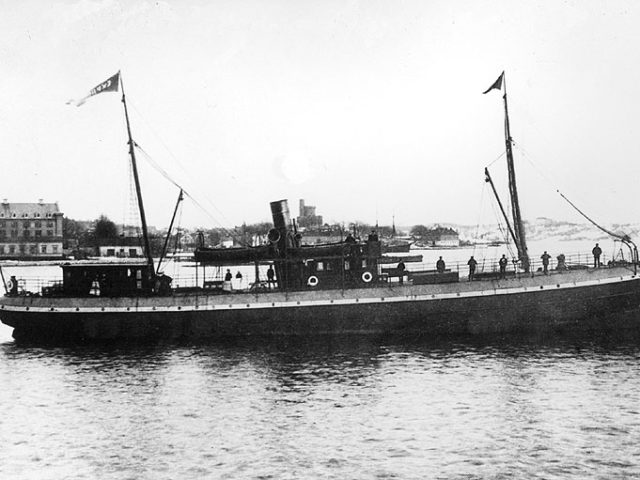The Hanko museum was founded as early as 1907, although the beginning was a bit rocky. Tammisaari had its own museum established in 1906, so Hanko had to have one as well. The beginning of the 20th century was a lively time in the museum field in Finland anyway. It was important to highlight Finland's distinctive features amidst the Russification attempts at the beginning of the century. The museum started its operations in Fohlin's hut on Korkeavuorenkatu.
View moreThalatta! Thalatta! Greek warriors shouted for joy this word for the sea 400 years before the end of time. The poorly run military expedition turned into a relief when they saw the homely shores of the Black Sea. A couple of thousand years later, even in Hanko you can shout for joy Thalatta! Then you will say hello to a wonderful wooden villa on the southern slope of Vartiovuori right by the sea.
View moreHanko City Hall was completed in September 1926. The building was designed by Armas Lindgren and Bertel Liljequist. Activities in the town hall were lively. There were concerts, plays, dance performances and lectures. Of course, there was also an entire city administration building. In 1941, a continuation war broke out, and Russian troops blew up the town hall as they retreated from the city in December. The current town hall was completed in 1951.
View moreThe Tvärminne Zoological Station was founded by Johan Axel Palmén, Professor of Zoology, in 1902. His goal was to establish a marine field station in an area with a diverse environment and thus good opportunities for research. After his death, the position was transferred as a will to the University of Helsinki in 1919.
View moreThe oldest surviving crane in Hanko Harbor was commissioned in July 1911. Ransomes & Rapier Ltd in London delivered the parts and the engineering firm Zitting & co from Helsinki assembled it. The crane was renovated in 2020.
View moreThe Statue of Liberty was erected in 1921 to commemorate the German landing on April 3, 1918. Ab Granit was responsible for the design work and the sculpture was designed by sculptor Bertel Nilsson. The Statue of Liberty has been controversial since the wars; it was demolished by the council during the lease period and re-erected in 1943. In 1946 the statue was demolished again, but since 1960 the statue has been as it is today with the text “For Our Freedom”.
View moreHanko was the most important Departure City for migrants at the turn of the 19th and 20th centuries. About 250,000 Finns went through the port of Hanko in search of new life. Accommodation capacity in Hanko has always been a problem, and in the early 20th century, there were particularly many immigrants in Hanko who stayed here for a night or two before continuing their journey through England to the United States. The Finnish Steamship Company, which was responsible for the migrants' journey from Finland, decided to build a migrant hotel on the Boulevard in 1902.
View moreOn the dark and rainy evening of October 1957, the motor ship Asa Finn, which was sailing in coal cargo, got lost on the fairway west of Hanko and crashed into the rocks. The mainings of the passing ships rocked the ship and Asa Finn began to fill with water. Captain August Route drove the ship to the nearest shoal where it sank between Lilla and Södra Klippingen. Asa Finn was just one of the names of the ship. During the Prohibition Act, the ship chartered relief for the thirsty from the southern neighbor and it was known by the nickname Pirtu-Veera. The ship was built in 1918 in Norköping, Sweden and was baptized in Wera.
View moreThe steamship Express has a legendary place in Finnish history. The Express was built at Oskarshamn Shipyard in Sweden in 1877, and the ship was ordered by the Finnish company Finska Transito Ångbåts. It was 42.4 m long, 6.9 m wide and 3.5 m deep, with a top speed of 10.7 knots on a 400-horsepower engine. In open water, the journey from Hanko to Stockholm took 17 hours.
View more

